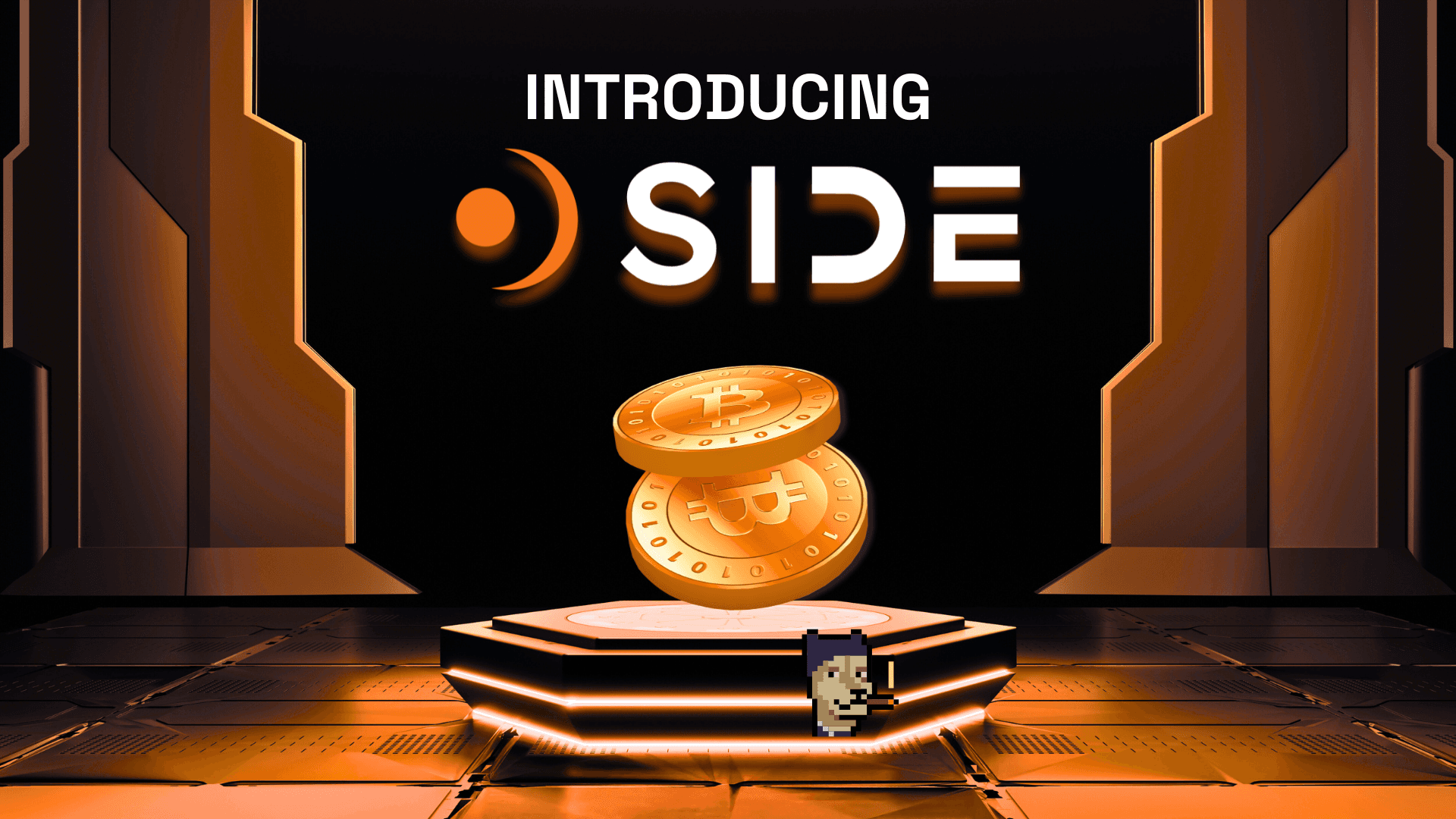Last week marked a significant milestone in crypto as the Lava Network officially launched its mainnet, setting a new standard for data access in the decentralized world. Born from a vision two years ago, Lava was created by a passionate team during a time when Ethereum was the dominant mainnet, and concepts like modular blockchains were just emerging. Today, Lava is positioned to transform how users and developers interact with blockchains by providing faster and more reliable access.
The Blockchain RPC Space Today
Blockchains present themselves as mystical distributed ledgers, but in actuality, they depend on nodes hosted on physical servers. These nodes—full nodes, validator nodes, light nodes, and archival nodes—bear the burden of maintaining blockchain operations. Each node is responsible for serving data requests for its specific blockchain, making them critical to the success of Web3.
However, running these nodes is not straightforward. Setting up and maintaining a node can be expensive, technically challenging, and resource-intensive. Web3 currently lacks an elegant solution akin to the Infrastructure as a Service (IaaS) or Platform as a Service (PaaS) models that dominate Web2, resulting in various issues like downtime during NFT mints, privacy leaks, and censorship by centralized RPC providers.
Challenges with Current Solutions
Several approaches have been tried to address these challenges:
Centralized Providers: These offer reliable services at a premium but present a single point of failure. If these providers experience issues or outages, it can have catastrophic consequences for everyone reliant on their services.
Volunteer Nodes: Some nodes provide free access, but they lack guarantees of security, availability, or reliability. This can lead to performance bottlenecks and hinder the development of complex applications.
Self-Hosted Nodes: While developers can run their own nodes, this requires significant expertise and resources. Not all developers have the skills or desire to manage infrastructure alongside their development work.
Load Balancers and Aggregators: These tools aggregate and manage node access but lack robust quality checks and incentives for high performance.
Lava's Vision: A Modular Access Layer
Blockchains function as global, decentralized databases that allow users to read and write data by sending requests to nodes. However, these interactions often suffer from unreliable and slow infrastructure. Lava Network aims to address this by building a modular and decentralized access layer, ensuring that every blockchain can offer low latency, high uptime, and scalable read/write capabilities.
The launch of the public mainnet follows the successful testnet that was launched in early 2023, marking the beginning of a long-term plan to support every appchain and rollup. Lava's architecture is designed to be flexible, allowing it to quickly adapt to new technologies and changing demands.
Core Components of Lava Network
Lava's ecosystem consists of two key components: the Lava blockchain and an off-chain protocol. The Lava blockchain is built using the Cosmos SDK and uses delegated proof of stake. RPC providers register on the Lava blockchain by staking LAVA tokens, while RPC consumers, such as dApps and wallets, fetch a list of providers based on factors like geolocation, stake size, and quality of service.
The off-chain protocol operates fully peer-to-peer between providers and consumers. This ensures that RPC services can continue even if the Lava blockchain experiences downtime. Consumers score providers based on quality metrics like latency, uptime, and data accuracy, and providers are incentivized to offer high-quality service through algorithmically boosted rewards and a jailing/slashing system.
The Role of LAVA Tokens
Central to Lava Network's economic model is the LAVA token, which serves multiple roles within the ecosystem. It is used to pay gas fees for transactions, stake for network security, and participate in governance. Consumers use LAVA tokens to purchase subscriptions for data access services, aligning the interests of consumers, providers, and validators.
Unlike many modern projects that prioritize centralized exchanges and high inflation, Lava has opted for a decentralized, community-focused launch with a higher float, capped supply, and a market-derived fully diluted valuation. This approach prioritizes sustainability and community involvement over venture capital interests.
Provider Drops and Incentive Mechanisms
To attract providers in the initial stages, Lava introduces a deflationary mechanism known as Provider Drops. This allocates 6.6% of the total token supply as monthly rewards to providers, incentivizing them to join the network and offer high-quality services.
As the network matures and consumer demand increases, reliance on Provider Drops is expected to decrease, encouraging providers to generate revenue through subscription payments and fostering a sustainable ecosystem.
Privacy, Anonymity, and Decentralization
Lava also places a strong emphasis on privacy and decentralization. The network achieves this by randomly distributing relays among a rotating list of top providers, ensuring consumers receive services from a diverse range of sources. This reduces the risk of data correlation attacks and enhances user privacy, preventing any single provider from consistently serving the same consumer.
By empowering developers with the tools and infrastructure they need, Lava is not just reshaping data access—it's paving the way for the next generation of blockchain applications and services.
Stakecito is a proud validator of the Lava Network.
——————————————————
About Stakecito Labs
At Stakecito Labs, we've honed our craft as validators. Our reputation as the third-largest validator by delegation count within the Cosmos ecosystem speaks to our unwavering dedication and the trust placed in us by over 270,000 delegators worldwide.
Our validation services are not just about maintaining Cosmos blockchain networks though; we validate networks outside of Cosmos as well (NEAR, Aleph Zero, etc.).
Our core mission is centered on demystifying blockchain technology to ensure it's accessible for everyone, from newcomers to seasoned investors. To begin staking, visit our homepage.
Stake with Stakecito | Follow us on Twitter | Subscribe to Our YouTube | Governance
——————————————————





